
-
Updating Roman Jakobson’s ‘Poetic Function’ with Vector Semantics
Read more: Updating Roman Jakobson’s ‘Poetic Function’ with Vector SemanticsKurzynski discusses how poetry extends beyond sound and rhythm and taps into a deeper network of meanings.

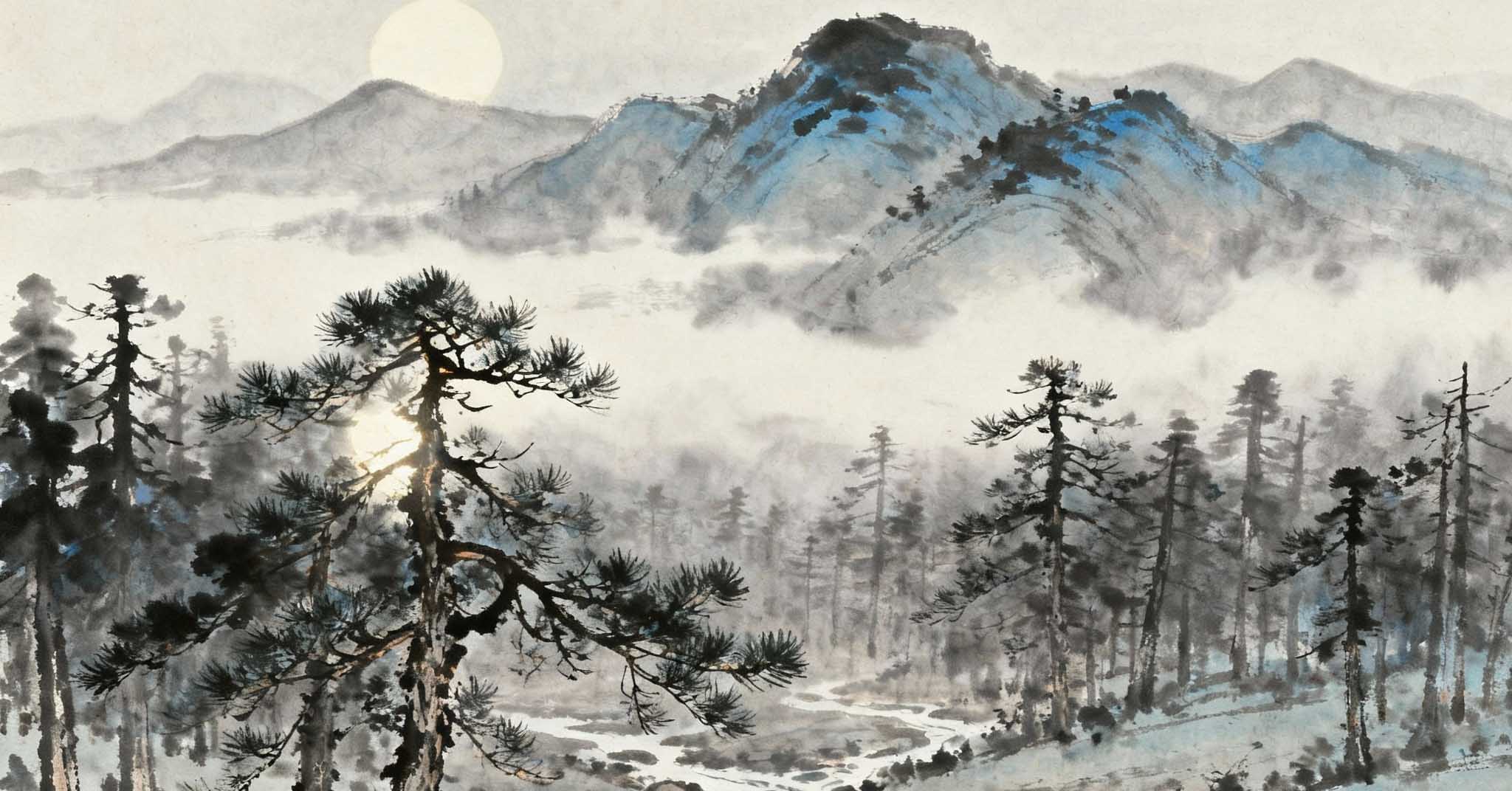
Kurzynski discusses how poetry extends beyond sound and rhythm and taps into a deeper network of meanings.
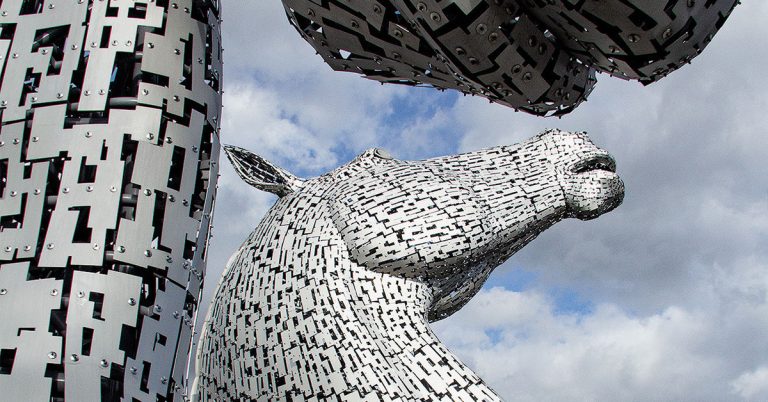
Fifty years ago, Scots were a different people, with different institutions. Explore the changes with David McCrone.
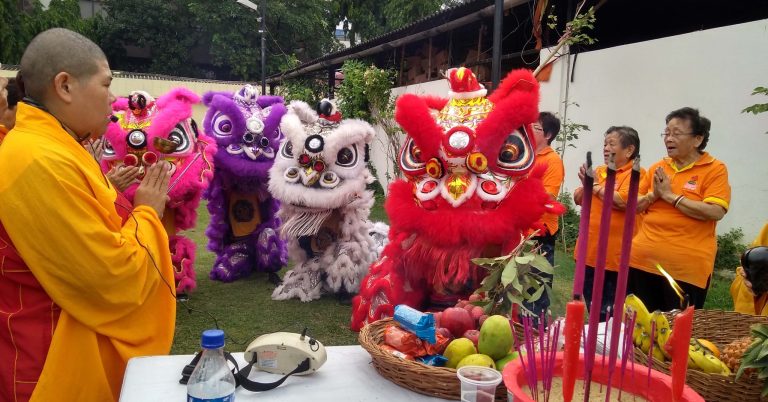
Roy and Basu explore the Chinese diaspora's cultural imprint and identity evolution in Kolkata's twin Chinatowns.
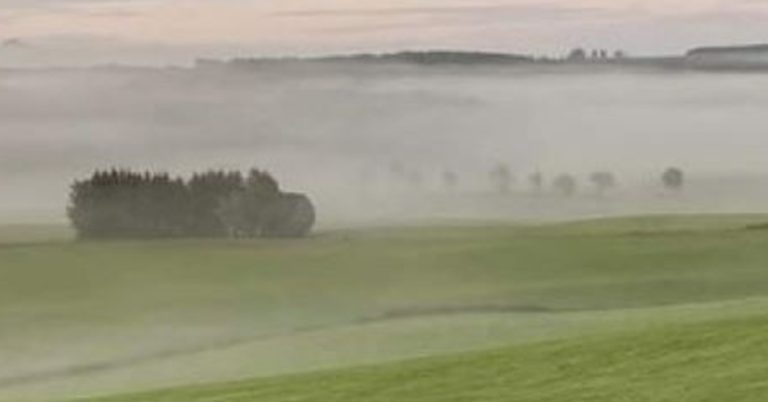
Cunninghame Graham's great-grandnephew reveals his favourite sketch of the celebrated Scottish writer
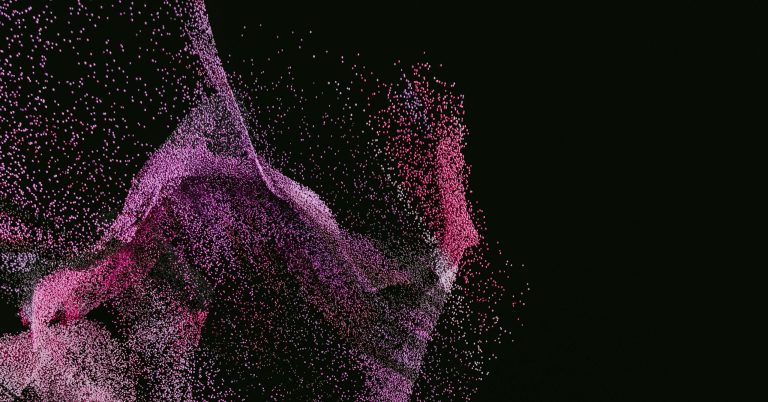
Aliya A Ali provides insights into their research on family networks and governance in early Islam.
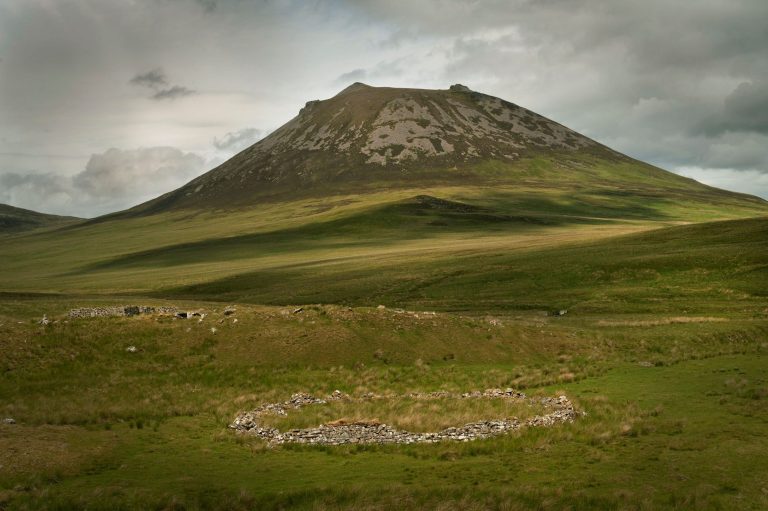
William Parente explores the challenges faced by Highland communities in the time of the Clearances

Aliya A Ali explores how kinship and marriage alliances shaped political power and governance in the early Islamic city of Kūfa.
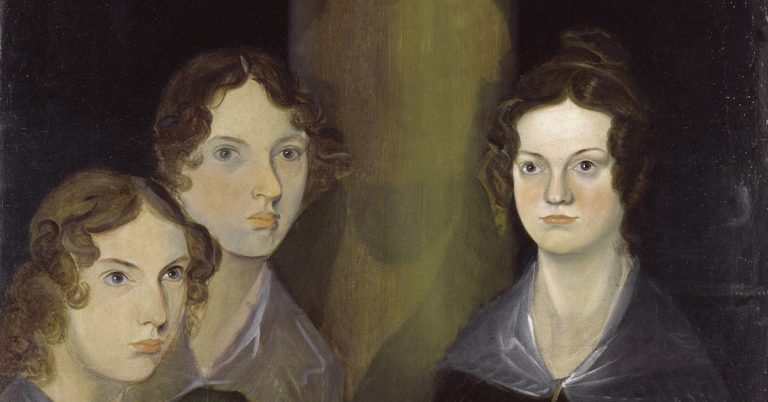
Explore five adaptations of Brontë novels that amplify violence, from Wuthering Heights to Jane Eyre, reshaping the Brontës’ enduring cultural impact.
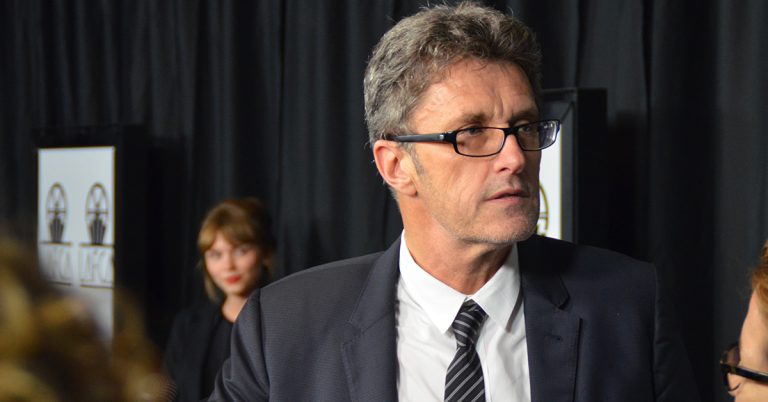
Explores the cinematic career of British-Polish director, Paweł Pawlikowski.
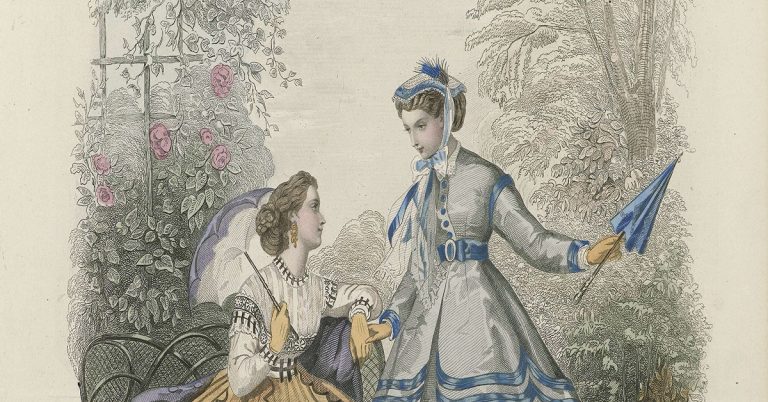
Elena Vanden Abeele investigates the functions, symbols and hidden meanings behind the parsol in the 19th century.